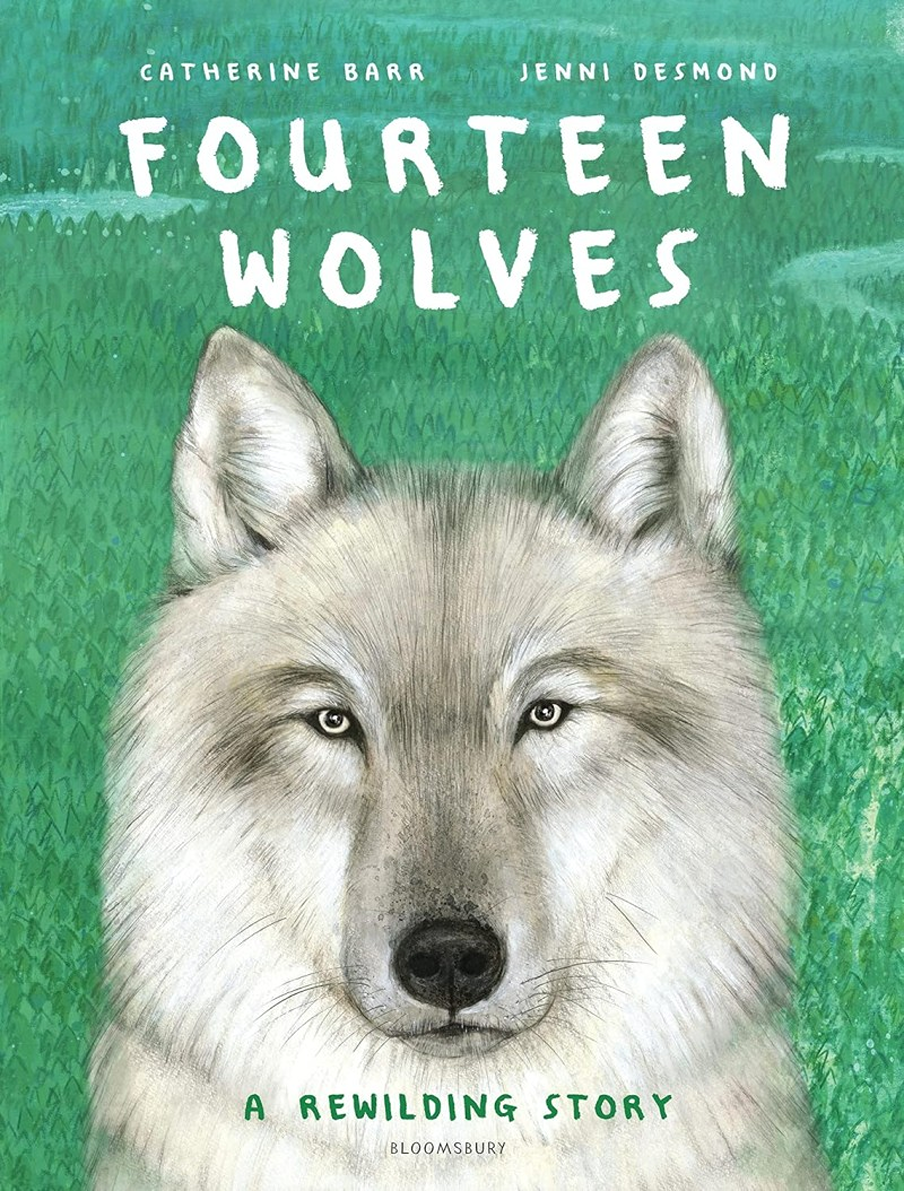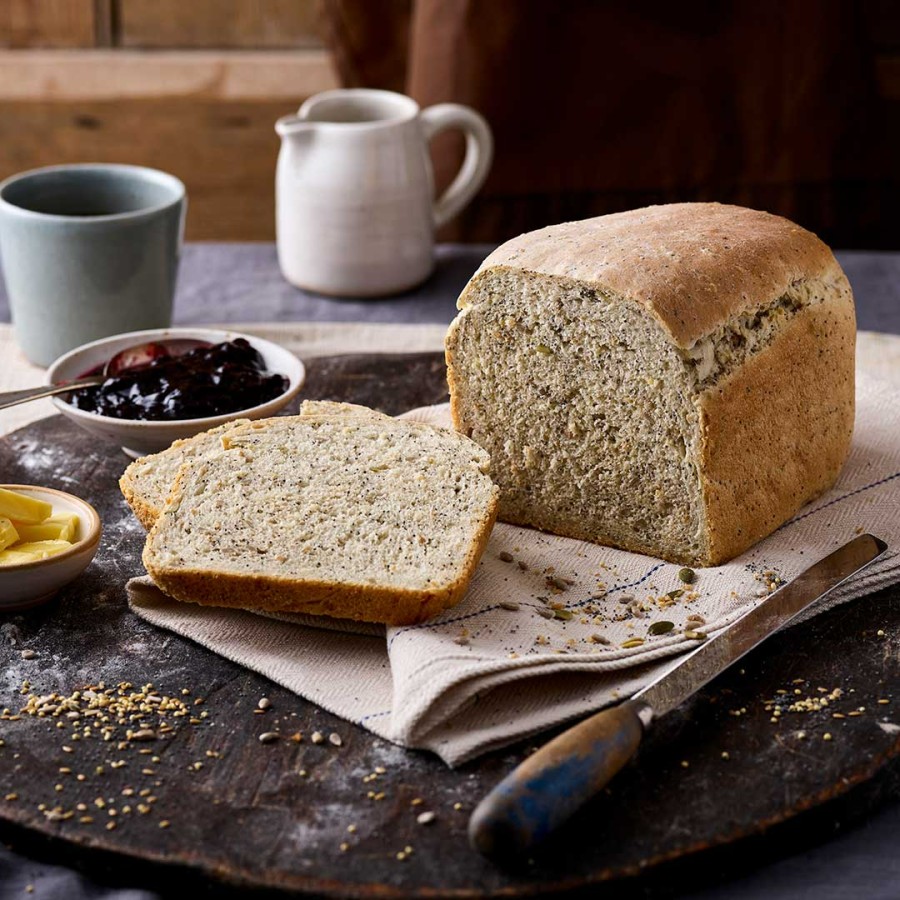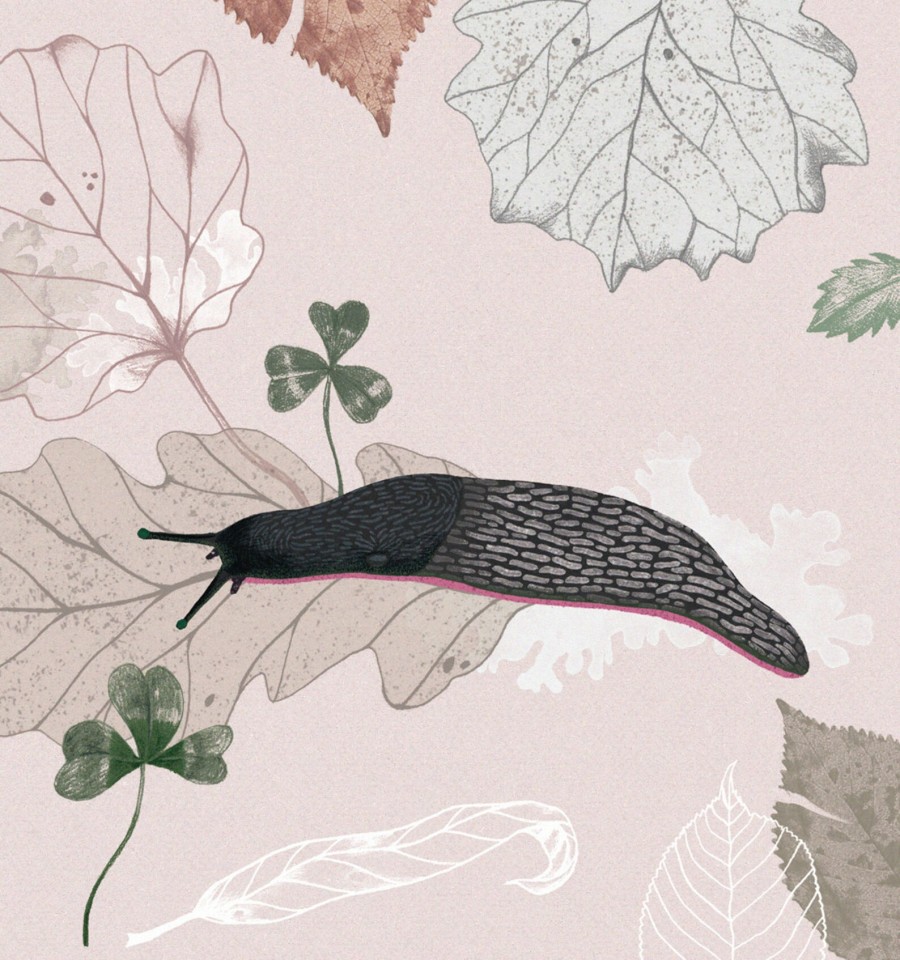
You may have heard all the buzz about regenerative agriculture or ‘regenerative farming’. But what is it, how does it differ from organic farming, and why should we be using it to grow our own food?
Learn how to make gardens safe for pets (plants, trees & mulch to avoid), use humane slug/snail deterrence & wildlife-friendly netting alternatives (most netting is larger than recommended gaps, which traps birds/wildlife). Also know trees to avoid near horses (including yew & oak).
Regenerative farming uses a set of simple principles to protect soil health, and farm in a way that benefits nature and animal welfare. We must be careful, as like ‘organic farming’ some big corporate companies are jumping on board to claim they use regenerative farming methods when they don’t (any company using factory-farmed livestock for example, is not using regenerative farming principles). Modern farming methods have also left us with poor soil due to monocultures – proper regenerative farming uses methods like crop rotation, no-dig/till methods and companion planting, to reduce or eliminate pesticides.
Modern farming methods abroad have left previously lush fertile land in Africa for instance, as desert. This includes over-grazing of land by livestock (which is why sustainability campaigners ask us not to support charities that ask you to ‘buy a cow or goat’ as a gift to developing countries, it’s just another mouth to water and feed. Far better for such countries to grow their own high-protein crops like teff, which need far less wate and land.
Good farming means good soil, and this results in more profitable local organic food for all. Good soil smells sweet and attract worms (who do most of the work) which is why no-dig farming methods are now popular, as they stop spades and forks from harming native wildlife underground. You can even use no-dig methods to plant trees (leaving the soil undisturbed around the root).
the 5 principles of regenerative farming
The organisation Groundswell is at the heart of promoting regenerative farming methods, and has developed 5 principles for all farmers to use:
- Don’t disturb the soil. By using no-dig methods and avoiding heavy digging/ploughing and chemicals, good soil can recover.
- Keep soil surface covered. This is where good mulch and layered gardening helps, to avoid disturbance from rain, sun and frost.
- Feed living roots. This keeps underground networks healthy, where plants turn carbon dioxide into sugars. Cover crops is the best way to do this, to avoid bare soil.
- Grow diverse crops. Monocultures (that grow the same crops on land each year) end up needing chemicals, but regenerative farming uses crop rotation and companion planting (crops are grown together to naturally deter unwelcome visitors).
- For livestock farming, have free-range grazing animals. Even if you’re not vegan, all sustainability experts say that everyone needs to eat far less meat.
why free-range supports regenerative farming
At present, most farmland worldwide is used to grow crops (like maize) for animal feed (or biofuels). But we could solve world starvation by growing high-protein food crops for humans in developing countries (teff is a good example – high in protein and needs little water, ideal say for Ethiopia to reduce famines). The UK presently has almost 2000 intensive (factory) farms, where aside from animal welfare issues, antibiotics are used that result in poor human health too. Animals raised on regenerative farms have better lives as they have natural space and shelter, eat natural foods (like grass) and are looked after by small-scale farmers who know what they are doing.
Eating local also has beneficial effects in a country where we import almost half our vegetables and nearly 90% of fruit (often from countries using intensive systems, due to lack of fresh water). Local organic food means less plastic packaging, less oil (25% of road traffic is from lorries driving food from central distribution houses to big supermarkets) and better welfare (some farmers are transfarming over to profitable crops like oats, leaving remaining animals to live out their lives in peace). We may need to (sea-freight) import bananas. But we don’t need to import apples, pears or oat milk!
a practical guide to regenerative farming
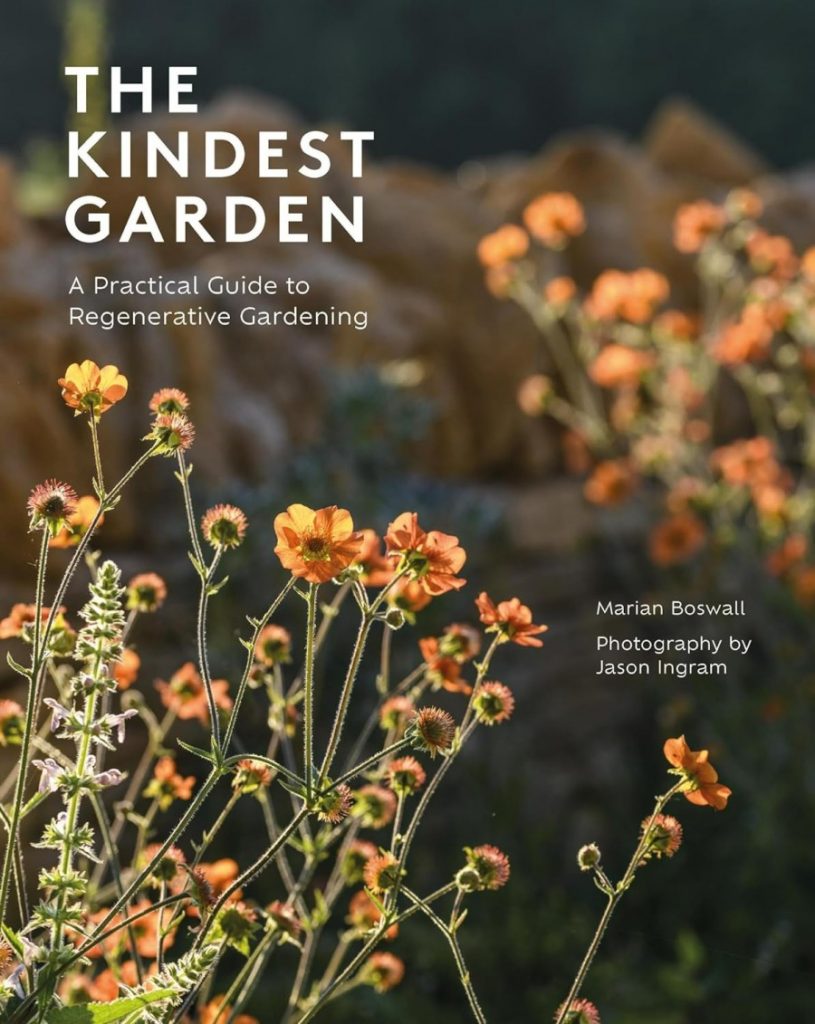
The Kindest Garden is a trailblazing guide on how to use your garden as a place to restore good soil, grow good food and help native wildlife. And you can do this whether you have a large plot of land, or a shady patio garden.
Using lessons from farmers, foresters and rewilding experts, create a beautiful sanctuary for both yourself and nature. Learn how the key elements (soil, water, materials, energy and plants) harness a garden’s positive eco-impact, then apply this knowledge to plan your planting, and nourish the soil. Beautifully written with planting advice, and useful diagrams and charts, the author is a landscape architect and horticulturalist.
healing communities with regenerative farming
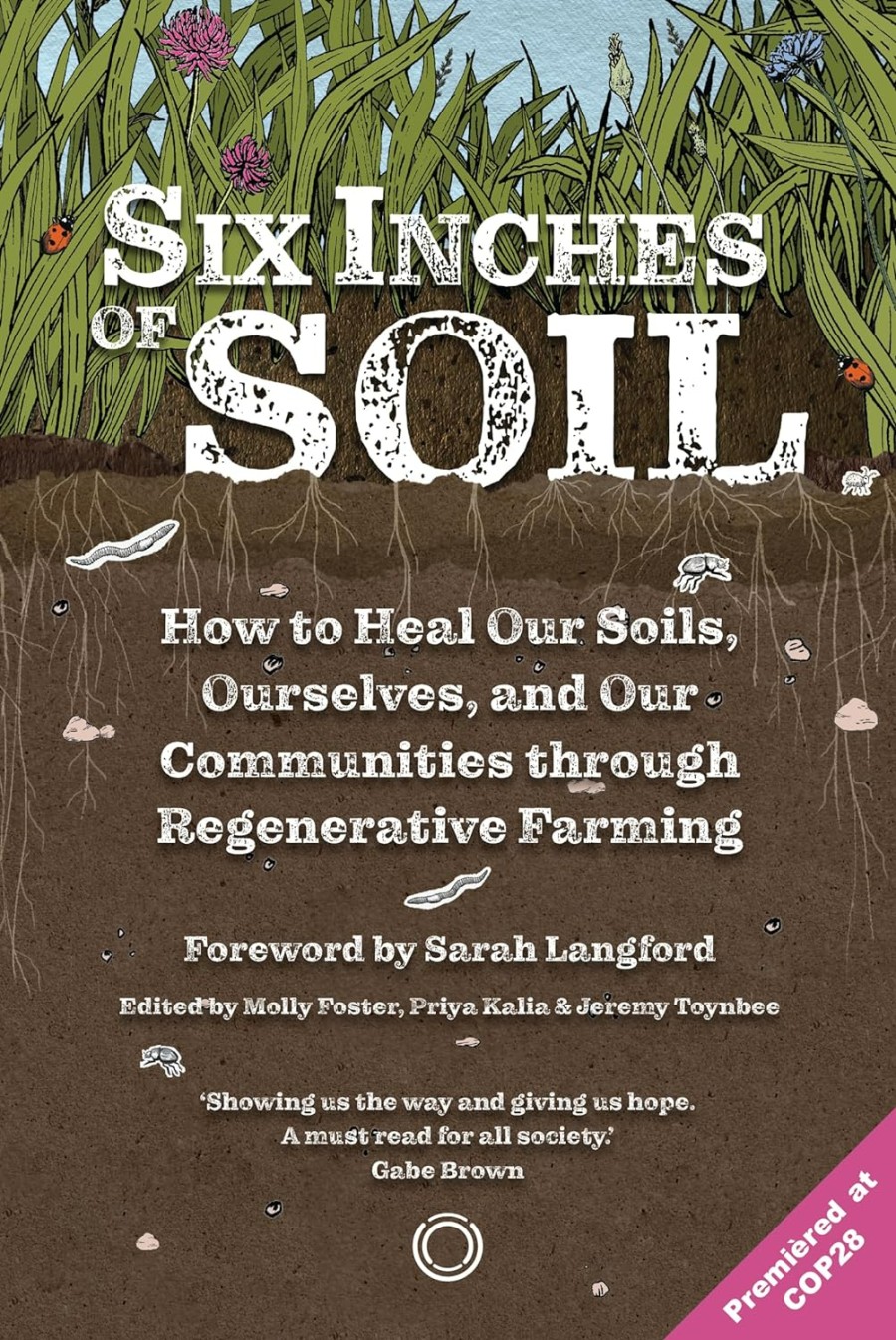
Six Inches of Soil is the story of how we must transforming our landscapes from industrial farming to better crop yields and food security, by restoring ecology of our soil. A book to accompany the documentary film, this is the inspiring story of three farmers who are standing up to industrial food system, by transforming the way they grow food.
The book details problems with the current food system and proposes solutions for the future. It considers soil science and land use, ‘greenwashing’ and food security (access to good food, no matter where people live).
Follow farmers on their first year of their journey to heal the soil in Lincolnshire, Cambridgeshire and Cornwall. See them meet seasoned mentors to help them on their journey to heal a broken food system and farm on landscapes degraded by industrial agriculture, and learn how to reconnect people to the soil where food grows.
Not shying away from exploring connections between food and health, food poverty and the role of animals in farming, the book also looks at Britain’s unequal system of land ownership and barriers to farmers from diverse backgrounds, and carbon offsetting on farms. For more information, download the resources at Six Inches of Soil.
a no-dig organic manual for farmers
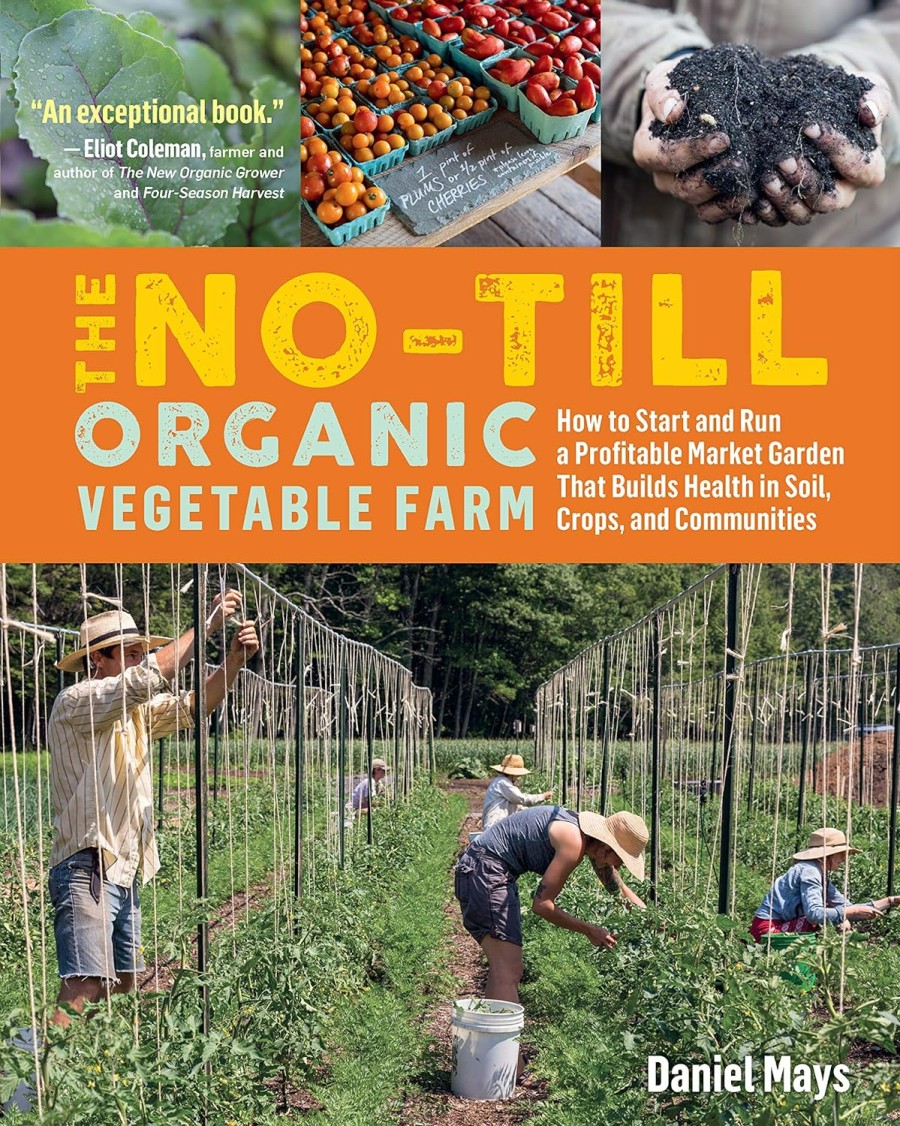
The No-Till Organic Vegetable Farm shows how to grow food food without disturbing the soil or earthworms. An ideal read for both farmers and community gardensm, learn how to reduce weeds, use inter-planting to increase resilience, and create hedgerows and beneficial insect habitats, along with tips on finding customers to buy your produce. The author (who has a degree in environmental engineering) runs a no-till farm in Maine (USA) that produces food for hundreds of local families on three acres of land.


